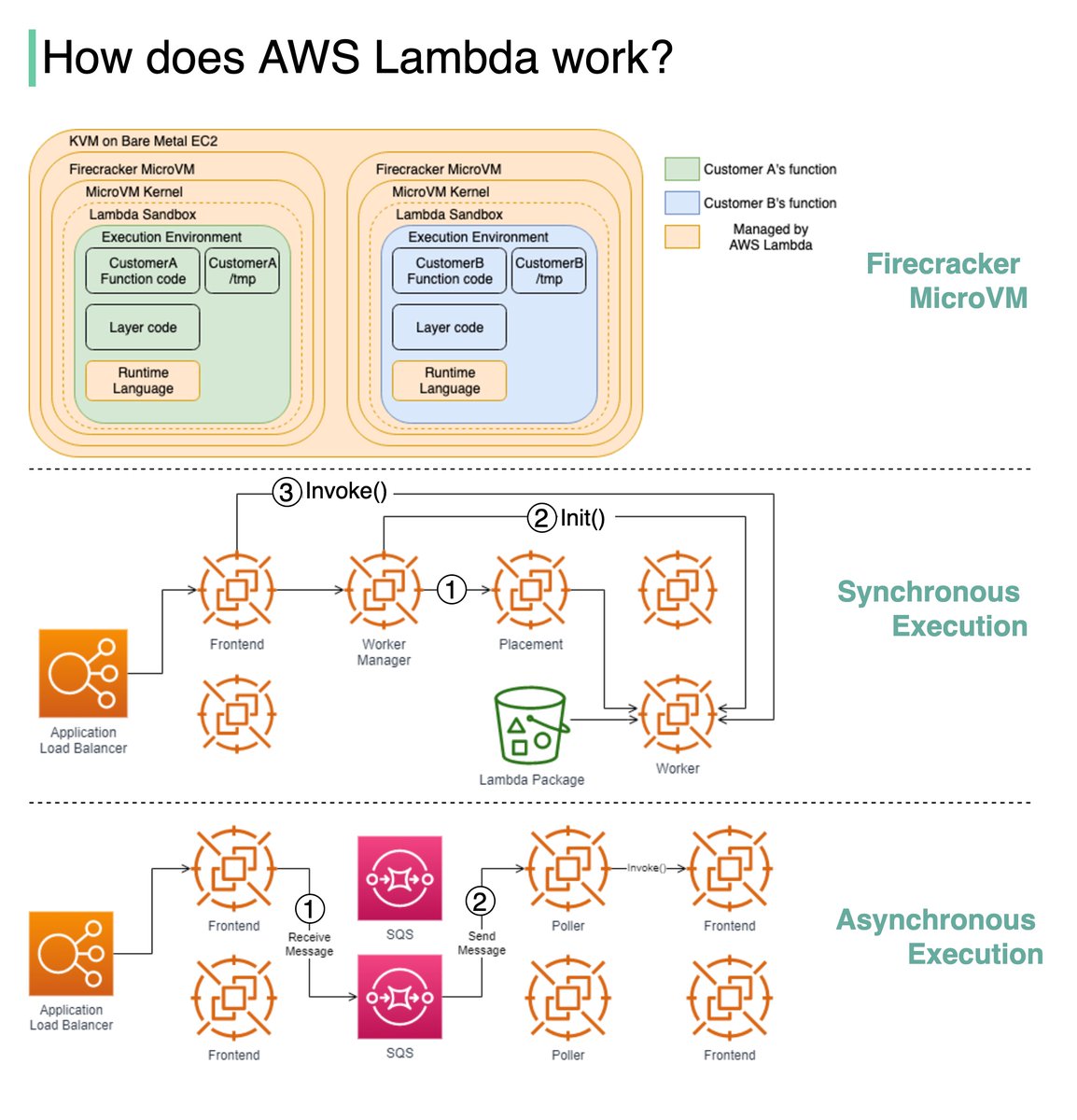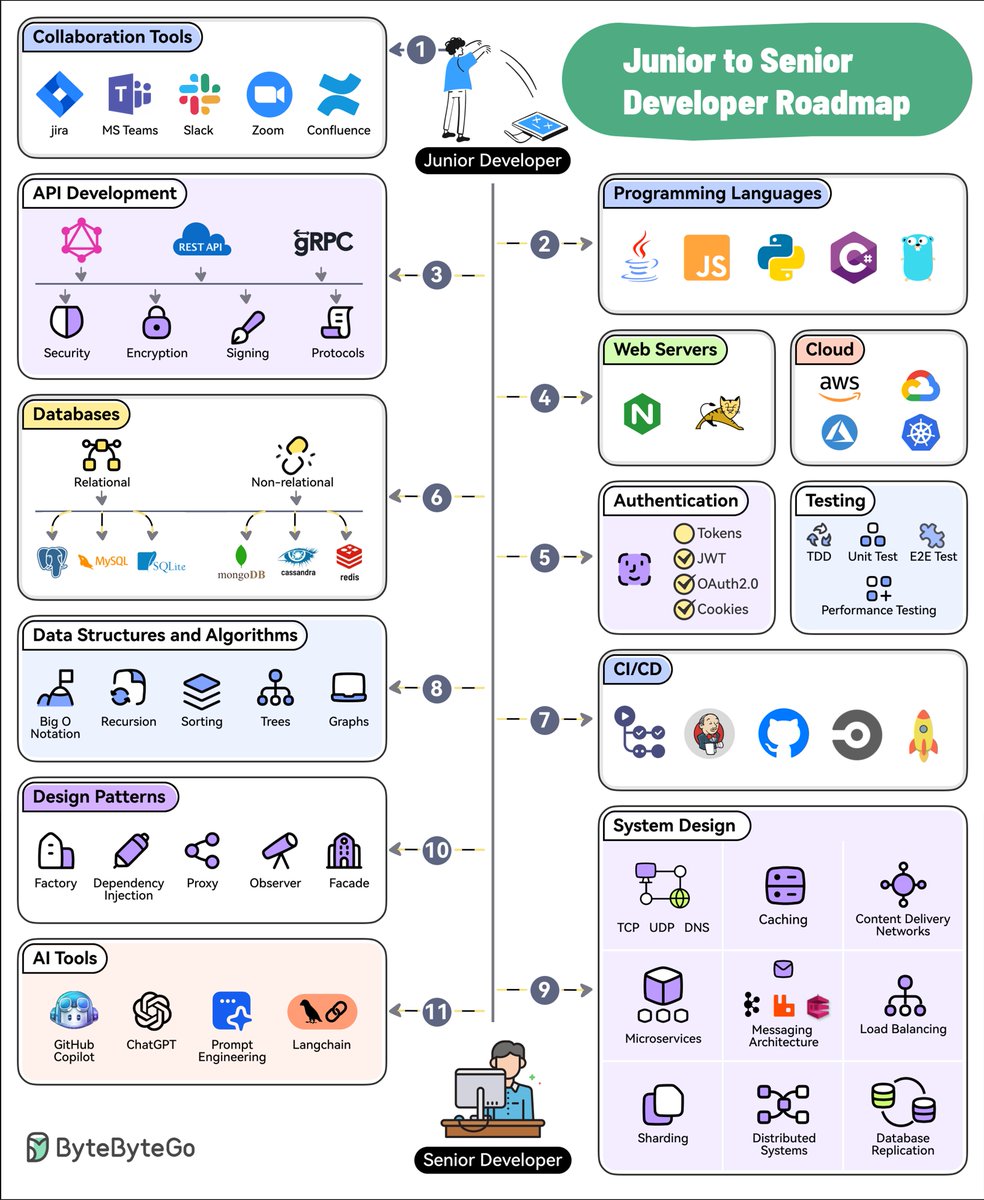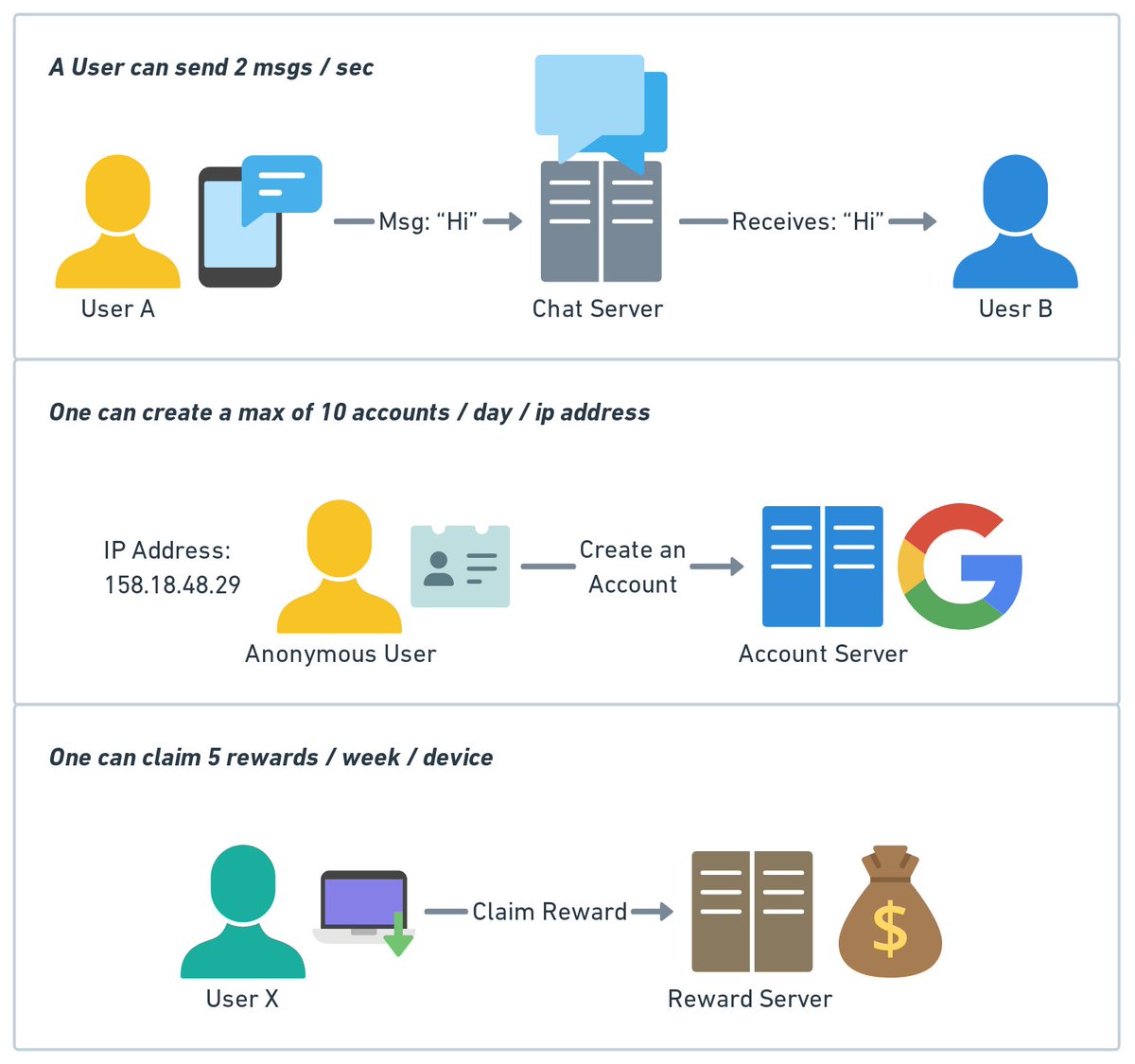𝐒𝐞𝐫𝐯𝐞𝐫𝐥𝐞𝐬𝐬 is one of the hottest topics in cloud services. How does AWS 𝐋𝐚𝐦𝐛𝐝𝐚 work behind the scenes?
Lambda is a 𝐬𝐞𝐫𝐯𝐞𝐫𝐥𝐞𝐬𝐬 computing service provided by Amazon Web Services (AWS), which runs functions in response to events.
Lambda is a 𝐬𝐞𝐫𝐯𝐞𝐫𝐥𝐞𝐬𝐬 computing service provided by Amazon Web Services (AWS), which runs functions in response to events.

𝐅𝐢𝐫𝐞𝐜𝐫𝐚𝐜𝐤𝐞𝐫 𝐌𝐢𝐜𝐫𝐨𝐕𝐌
Firecracker is the engine powering all of the Lambda functions [1]. It is a virtualization technology developed at Amazon and written in Rust.
The diagram below illustrates the isolation model for AWS Lambda Workers.
Firecracker is the engine powering all of the Lambda functions [1]. It is a virtualization technology developed at Amazon and written in Rust.
The diagram below illustrates the isolation model for AWS Lambda Workers.
Lambda functions run within a sandbox, which provides a minimal Linux userland, some common libraries and utilities. It creates the Execution environment (worker) on EC2 instances.
How are lambdas initiated and invoked? There are two ways.
How are lambdas initiated and invoked? There are two ways.

𝐒𝐲𝐧𝐜𝐡𝐫𝐨𝐧𝐨𝐮𝐬 𝐞𝐱𝐞𝐜𝐮𝐭𝐢𝐨𝐧
Step1: "The Worker Manager communicates with a Placement Service which is responsible to place a workload on a location for the given host (it’s provisioning the sandbox) and returns that to the Worker Manager" [2].
Step1: "The Worker Manager communicates with a Placement Service which is responsible to place a workload on a location for the given host (it’s provisioning the sandbox) and returns that to the Worker Manager" [2].

Step 2: "The Worker Manager can then call 𝘐𝘯𝘪𝘵 to initialize the function for execution by downloading the Lambda package from S3 and setting up the Lambda runtime" [2]
Step 3: The Frontend Worker is now able to call 𝘐𝘯𝘷𝘰𝘬𝘦 [2].
Step 3: The Frontend Worker is now able to call 𝘐𝘯𝘷𝘰𝘬𝘦 [2].

𝐀𝐬𝐲𝐧𝐜𝐡𝐫𝐨𝐧𝐨𝐮𝐬 𝐞𝐱𝐞𝐜𝐮𝐭𝐢𝐨𝐧
Step 1: The Application Load Balancer forwards the invocation to an available Frontend which places the event onto an internal queue(SQS).
Step 1: The Application Load Balancer forwards the invocation to an available Frontend which places the event onto an internal queue(SQS).

Step 2: There is "a set of pollers assigned to this internal queue which are responsible for polling it and moving the event onto a Frontend synchronously. After it’s been placed onto the Frontend it follows the synchronous invocation call pattern which we covered earlier" [2]. 

Question: Can you think of any use cases for AWS Lambda?
Sources:
[1] AWS Lambda whitepaper: docs.aws.amazon.com/whitepapers/la…
[2] Behind the scenes, Lambda: bschaatsbergen.com/behind-the-sce…
Image source: [1] [2]
Sources:
[1] AWS Lambda whitepaper: docs.aws.amazon.com/whitepapers/la…
[2] Behind the scenes, Lambda: bschaatsbergen.com/behind-the-sce…
Image source: [1] [2]
• • •
Missing some Tweet in this thread? You can try to
force a refresh















